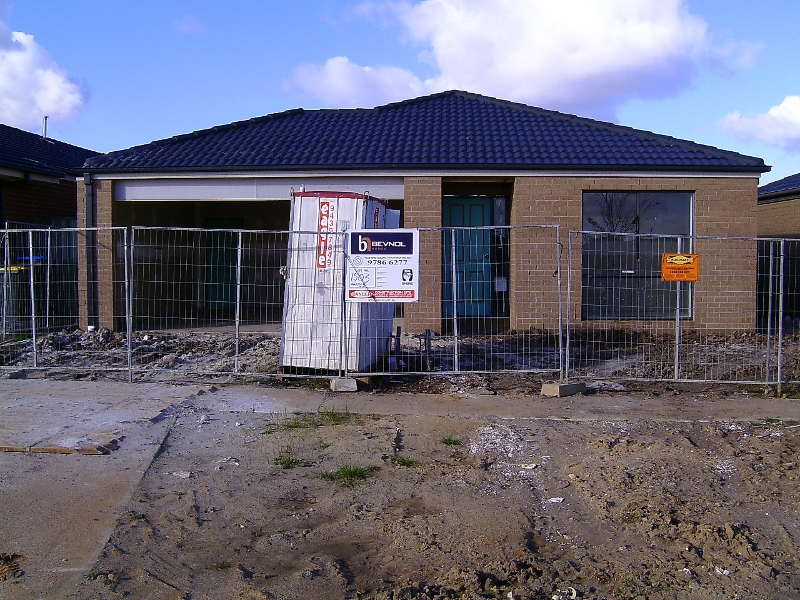For our last house the only rules were;
- Only one house to be built on the block.
- All side and rear fences must be green colorbond.
- No second hand houses to be moved onto a site.
As far as we were concerned none of these were any problem.
Strict Guidelines
Some developers guidelines however can be very stringent which can add considerably to the cost of your build and limit what you can do with the block.
Examples of Developers Guidelines include:
- Minimum and maximum size living space.
- Minimum setbacks from each boundary.
- Maximum heights.
- Facade must not be entirely brickwork and bricks must be single colour.
- Limited choise of external paintwork colour.
- Specified Roof colour, material and/or slope.
- All houses must have minimum 450mm eaves.
- Fencing must be masonry or timber.
- Garage doors set back from front facade.
- Landscaping must be finished within 6 months of occupation.
- All outbuildings (sheds) must be constructed using the same material as the dwelling.
- Restrictions on which builders you can use.
I’m not saying this is all bad.
Lots of people like these sort of rules as it prevents their neighbours building anything outlandish and spoiling the look of the street.
Just make sure you are happy with the developers guidelines before you sign on a new block!
Did your developer have any unusual guidelines?
See Restrictions for more limitations on how you develop your block.
